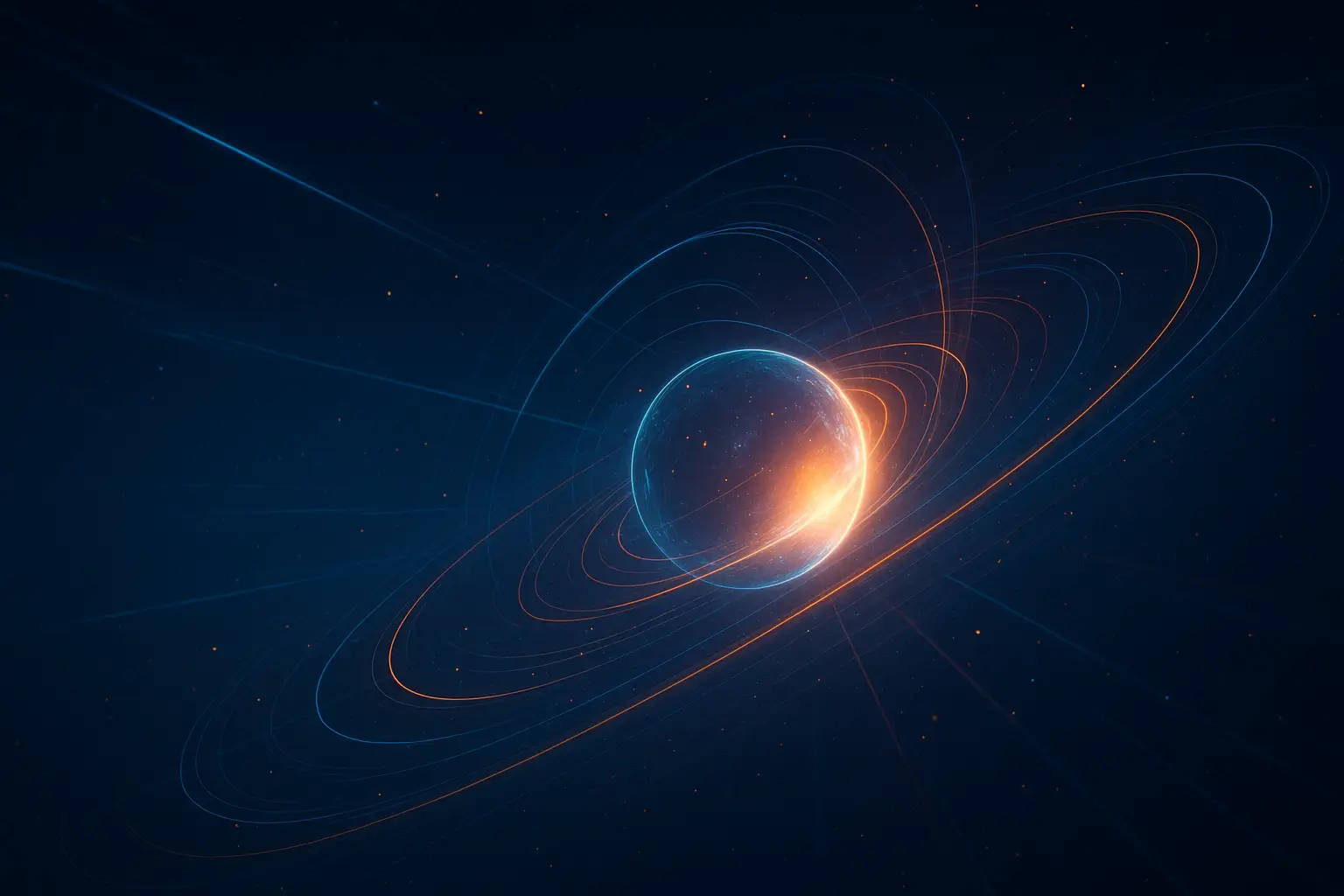Table of Contents
- Introduction
- Classical vs Relativistic Dynamics
- The Need for Redefining Momentum
- Four-Momentum and the Relativistic Framework
- Relativistic Momentum
- Relativistic Energy
- Energy-Momentum Relation
- Mass-Energy Equivalence
- Invariant Mass and Rest Energy
- Four-Velocity and Four-Momentum
- Conservation of Four-Momentum
- Relativistic Collisions and Particle Physics
- Application: Particle Accelerators
- Tachyons and Hypothetical Superluminal Particles
- Conclusion
1. Introduction
In Newtonian mechanics, energy and momentum are conserved quantities defined for slow-moving objects. But when dealing with particles moving close to the speed of light, these classical definitions break down.
Special relativity provides a new, unified framework to describe energy and momentum in a way that is consistent with both the principle of relativity and the constancy of the speed of light.
2. Classical vs Relativistic Dynamics
In classical physics:
- Momentum: \( \vec{p} = m\vec{v} \)
- Kinetic Energy: \( K = \frac{1}{2}mv^2 \)
These assume mass is constant and time is absolute — assumptions that fail at relativistic speeds.
3. The Need for Redefining Momentum
Einstein observed that if we keep \( \vec{p} = m\vec{v} \), conservation laws are violated in relativistic collisions.
To fix this, momentum must transform correctly between inertial frames — leading to the concept of four-momentum.
4. Four-Momentum and the Relativistic Framework
Define spacetime position:
\[
x^\mu = (ct, x, y, z)
\]
Proper time \( \tau \) is defined by:
\[
d\tau = dt \sqrt{1 – \frac{v^2}{c^2}}
\]
Four-velocity:
\[
u^\mu = \frac{dx^\mu}{d\tau} = \gamma(c, \vec{v})
\]
Four-momentum:
\[
p^\mu = m u^\mu = (\gamma mc, \gamma m\vec{v})
\]
5. Relativistic Momentum
Momentum in special relativity becomes:
\[
\vec{p} = \gamma m \vec{v}
\]
Where:
\[
\gamma = \frac{1}{\sqrt{1 – \frac{v^2}{c^2}}}
\]
This ensures momentum is conserved and behaves consistently across reference frames.
6. Relativistic Energy
Total energy:
\[
E = \gamma mc^2
\]
Where:
- \( m \): rest mass
- \( \gamma \): Lorentz factor
- As \( v \to 0 \), \( E \to mc^2 \)
7. Energy-Momentum Relation
Combining the spatial and temporal components of four-momentum:
\[
E^2 = (pc)^2 + (mc^2)^2
\]
This elegant equation connects:
- Energy
- Momentum
- Rest mass
In natural units \( (c = 1) \), it simplifies to:
\[
E^2 = p^2 + m^2
\]
8. Mass-Energy Equivalence
When \( p = 0 \), the total energy reduces to:
\[
E = mc^2
\]
This iconic formula expresses that mass is a form of energy. It underpins:
- Nuclear reactions
- Particle decays
- Energy generation in stars
9. Invariant Mass and Rest Energy
The invariant mass is calculated via:
\[
m^2 c^4 = E^2 – p^2 c^2
\]
It remains the same in all inertial frames — unlike energy and momentum individually.
10. Four-Velocity and Four-Momentum
Four-velocity:
\[
u^\mu = \gamma(c, \vec{v})
\]
Four-momentum:
\[
p^\mu = (\gamma mc, \gamma m \vec{v}) = \left( \frac{E}{c}, \vec{p} \right)
\]
These transform under Lorentz transformations just like spacetime coordinates.
11. Conservation of Four-Momentum
Just as Newtonian collisions conserve momentum and energy, relativistic collisions conserve four-momentum:
\[
\sum p^\mu_{\text{before}} = \sum p^\mu_{\text{after}}
\]
This is crucial for:
- Decay processes
- High-energy scattering
- Conservation in particle reactions
12. Relativistic Collisions and Particle Physics
In collider experiments:
- Total four-momentum is conserved
- Particles are identified by energy and momentum tracks
- Rest mass calculated using invariant mass formula
Example: creation of new particles from colliding beams
13. Application: Particle Accelerators
In synchrotrons and linear accelerators:
- Particles gain relativistic momentum and energy
- Require relativistic equations for control and design
- \( E \gg mc^2 \), i.e., kinetic energy dominates
Modern high-energy physics relies entirely on relativistic mechanics.
14. Tachyons and Hypothetical Superluminal Particles
What if \( v > c \)?
- \( \gamma \) becomes imaginary
- Momentum and energy become complex
- Causality breaks
Tachyons remain theoretical, with no experimental evidence.
15. Conclusion
Relativistic energy and momentum provide a unified, elegant description of particle dynamics at high speeds.
From the foundational equation \( E^2 = p^2 c^2 + m^2 c^4 \), we derive the most celebrated insights in physics: mass-energy equivalence, conservation laws, and the structure of high-energy collisions.
These principles underpin the workings of stars, the technology of particle accelerators, and our understanding of matter at its most fundamental level.


